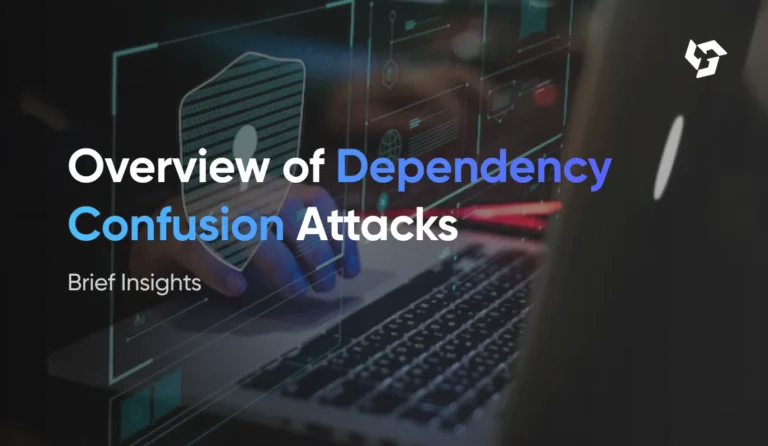Infinite Money Glitches – Flaws in Financial Transaction Logic
The concept of “infinite money” has tantalized humanity for centuries, from alchemists seeking to turn lead into gold to gamers exploiting code loopholes in virtual worlds. But what happens when these glitches emerge in real-world financial systems? Flaws in transaction logic—whether in banking software, payment gateways, or stock trading algorithms—can create cascading vulnerabilities, enabling theoretical…









